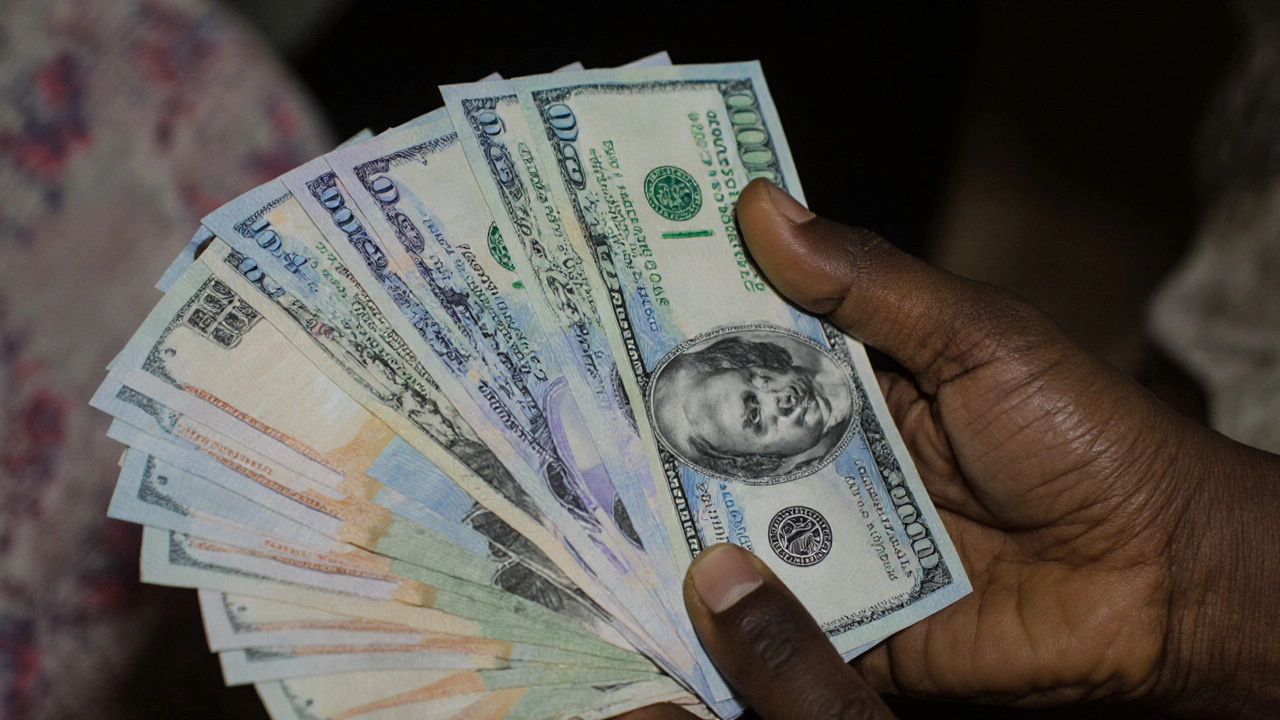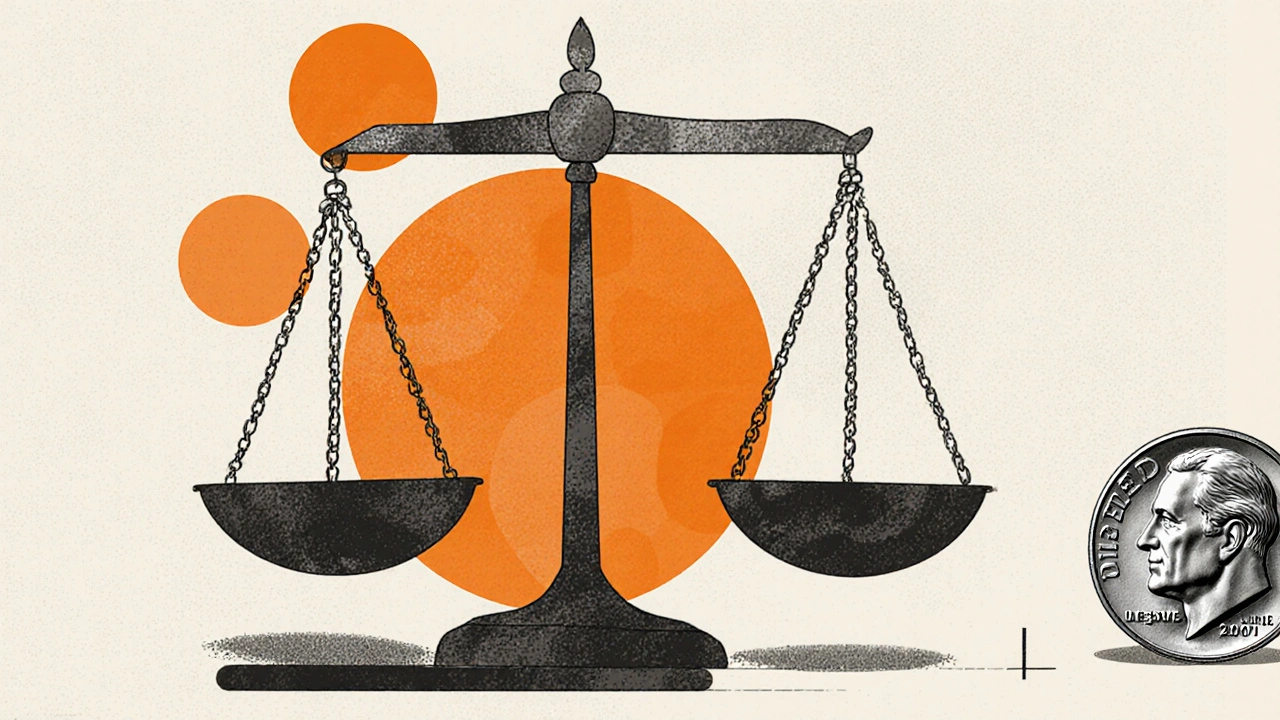Key Economic Data on the Horizon
Early Thursday, the US Dollar kept its momentum, a sign that markets are waiting for a busy US data calendar before deciding on the next move. The schedule includes August Durable Goods Orders, which gauge capital spending trends, weekly Initial Jobless Claims that show how many Americans are filing for unemployment benefits, and a second‑quarter Gross Domestic Product (GDP) revision that could either confirm or challenge the growth story of 2025.
Each of these reports carries weight. Durable Goods Orders have historically led equity markets; a surprise drop could tip risk sentiment toward safe‑haven assets, while a stronger than expected reading might reinforce the dollar’s recent rally. Jobless claims serve as a real‑time labor market barometer—lower claims suggest a tightening market, potentially nudging the Federal Reserve toward a more cautious stance on rate cuts. The Q2 GDP revision is the final piece of the growth puzzle for the year’s first half, and any deviation from the preliminary 2.0%‑plus estimate could reset expectations for future monetary policy.
Adding another layer of intrigue, several Federal Reserve officials are slated to speak throughout the American session. While no policy‑changing announcements are expected, Fed members often sprinkle hints about inflation outlooks, balance‑sheet reductions, or the pace of future rate reductions. Traders will be listening for any language that signals a shift away from the current dovish tone.
Beyond the data, the backdrop includes a recently sealed trade agreement between the United States and the European Union. The pact eased lingering tariff anxieties, allowing the dollar to recover from a mid‑year dip that had been driven by trade‑war fears. Although the agreement does not directly impact monetary policy, it improves the overall risk environment, giving the dollar a cleaner canvas to showcase its strength.

Technical Outlook for the Dollar Index
The Dollar Index (DXY), which measures the greenback against a basket of six major currencies, has been on a steep climb since it bottomed out at 96.20 in early August. A 2.42% rally from those lows has placed the index just below the August 1 high, a level that held firm before July’s disappointing Non‑Farm Payroll numbers threw the market into disarray.
Thursday’s session added another 0.70% gain, breaking through the previous resistance and forming the shoulders of a classic Head and Shoulders pattern. Analysts are now zeroing in on the 99.25 level as the next potential target if the breakout holds. Should the index breach that threshold, we could see a fresh wave of buying pressure as investors chase higher yields on dollar‑denominated assets.
At the pair level, USD/CHF stayed above the 0.7950 mark after a modest 0.5% rise, embodying the broader narrative of dollar strength. The Swiss franc, traditionally a safe‑haven, has been unable to reclaim its recent gains, suggesting that risk‑on sentiment is prevailing despite the lingering concerns over the US labor market.
The labor market itself has been a wild card. July’s Non‑Farm Payroll data came in weaker than expected, prompting a sharp sell‑off in US Treasury yields and sparking speculation that the Federal Reserve could accelerate its rate‑cut agenda. The surprise has been compounded by downward revisions to earlier months, painting a picture of a labor market that is cooling faster than many had anticipated.
Central banks around the world are mirroring the Fed’s dovish posture. The Federal Reserve has already trimmed its policy rate by 25 basis points and signaled more cuts are on the table for the remainder of 2025 and into 2026. In a similar move, Mexico’s central bank (Banco de México) lowered its overnight interbank rate by 25 basis points to 7.50% effective September 26, 2025. The global shift toward lower rates is reflected in a general decline in US government bond yields, especially on the short‑end, which has historically bolstered the dollar’s appeal when yields fall slower than other major economies.
Looking ahead, the interplay between upcoming US data, Fed commentary, and technical price levels will dictate whether the dollar can sustain its current rally or enter a corrective phase. Traders will watch the DXY’s reaction to the GDP revision closely— a strong revision could cement the bullish outlook, while a downgrade might rekindle doubts about the dollar’s durability.
In the meantime, market participants are balancing the optimism from the new US‑EU trade deal and the prospect of continued monetary easing against the backdrop of a softening labor market. As each data point drops, the narrative around rate‑cut expectations will evolve, shaping the next chapter of the greenback’s performance in the weeks to come.




13 Comments
Write a comment